
I’ve put together a list of my favourite DIY tools for beginners that I love to have handy whenever I am considering tackling a DIY project.
. . . . . . . . . . . . . . . . . . . . . . . . . . .
Unlike most things in my life, my DIY journey hasn’t been particularly linear. In truth, it’s felt more like a roller coaster ride at times.
Up and down. One step forward , two steps backward. I know this phrase can sometimes have a negative meaning, however I like to think of it as a necessary motion in the right direction.
Trial and error is all part of learning , specifically when it comes to DIY.
And what does DIY mean to me, you might be wondering? The art of ‘doing’, whilst not always having all the answers, and feeling a huge sense of accomplishment for anything you have lovingly created something yourself.
MY DIY JOURNEY BEGIN IN 2014
My DIY journey started off quite simple, painting fabric, crafting with my glue gun and then over the years developed into basic wood working and larger upcycling projects.
(If you’be been following me that long, you might remember these projects The DIY tool box I made for my son, or the colorful playroom with the Alphabet tree and the tyre seating )
I remember those moments when I would be scared to pick up a power tool for fear of losing an eye or a finger, or when I’d call my husband to oversee what I was doing because I just didn’t feel confident enough to tackle anything on my own (as a result you’ll notice a lot of my earlier woodworking projects were a combined effort with my husband) .
Gosh, how things have changed now though . . . I’m no longer hesitant to reach for my drill driver and cutting wood with a mitre saw seems like a normal every day thing.
So yes, I guess you could say my confidence in my skills has definitely grown over the years . . . even if in peaks and troughs. I’ve found the more pro-active I am, the more I learn. Which is why when people ask me for the best advice to give someone looking to learn how to DIY . . . I say,
‘Just start! Start small and work your way up. Watch Youtube videos when you are unsure of how to work particular tools. And be prepared to get things wrong sometimes’.
But it’s hard to know how to start, without knowledge of the basic DIY tools you might need to help you on your journey right? So I thought I’d put together a list of my favourite DIY tools for beginners – those tools I love to have handy whenever I am considering tackling a DIY project.
BASIC DIY TOOLS FOR BEGINNER DIY-ERS
This post may contain affiliate links. Please see disclosure page here.
1. MANUAL STAPLE GUN:
A staple gun will definitely change your life for the better. They can be used for a wide range of purposes including upholstering, carpeting, and basic decorating jobs (like picture frames). A manual staple gun is fine for minor jobs; but if you’re wanting to do something a little on the larger scale, an electric staple gun may be better.

WHAT I RECOMMEND:
I currently own the Stanley Brand Staple gun
2. DRILL AND DRIVER :
This tool essentially replaces the screwdriver. The possibilities are endless the moment you have this in your hand. A power drill + driver is what you use to drill holes in your walls, screw things in, and it’ll be the first thing you reach for when you’re building your first piece of furniture.
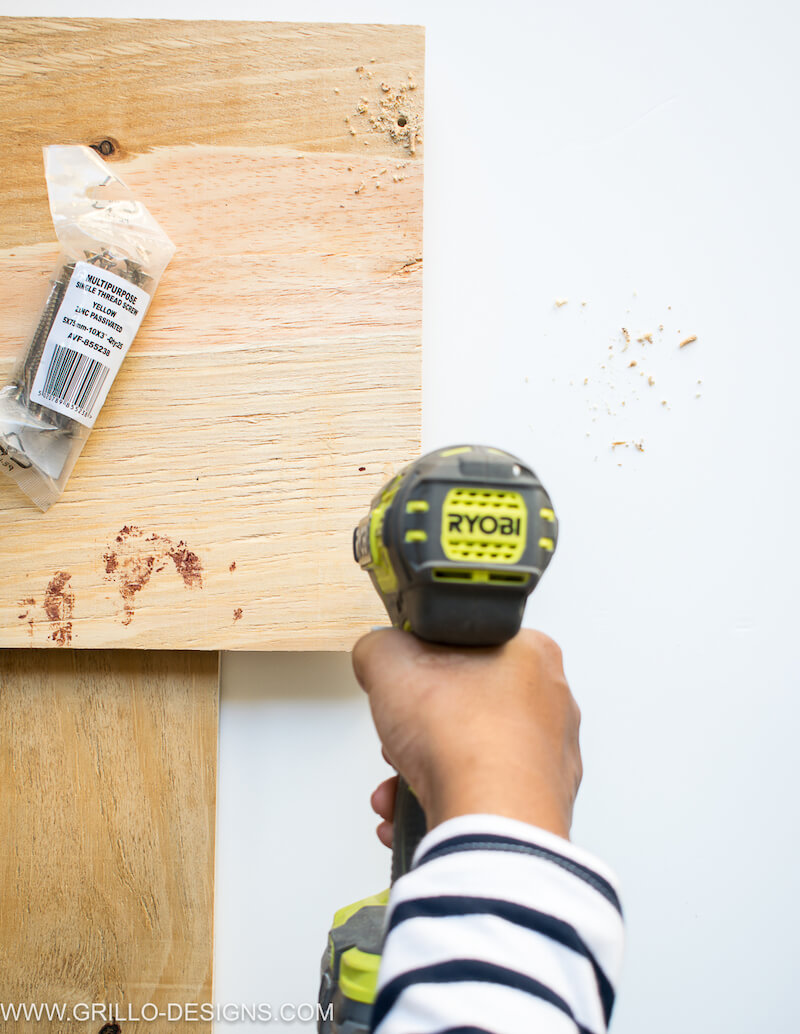
WHAT I RECOMMEND:
These two are my favourite ones to use. Erbauer 18v combi drill and Ryobi Combi Drill – both are cordless which is always a bonus!
Also, don’t forget to invest in a good set of drill bits.
3. RANDOM ORBITAL SANDER:
Random orbital sanders work by sanding in a random rotational motion which helps to prevent visible marks or scratches on the wood.
Sanding has never been something I particularly enjoy doing (if you’ve ever had to sand anything manually with sandpaper you’ll know why), but sanding to create a smooth finish is essential for any project you do. Whether that be preparing furniture for painting, smoothing down an old floor in preparation for a new coat of stain, or getting ready to paint your kitchen cabinets.
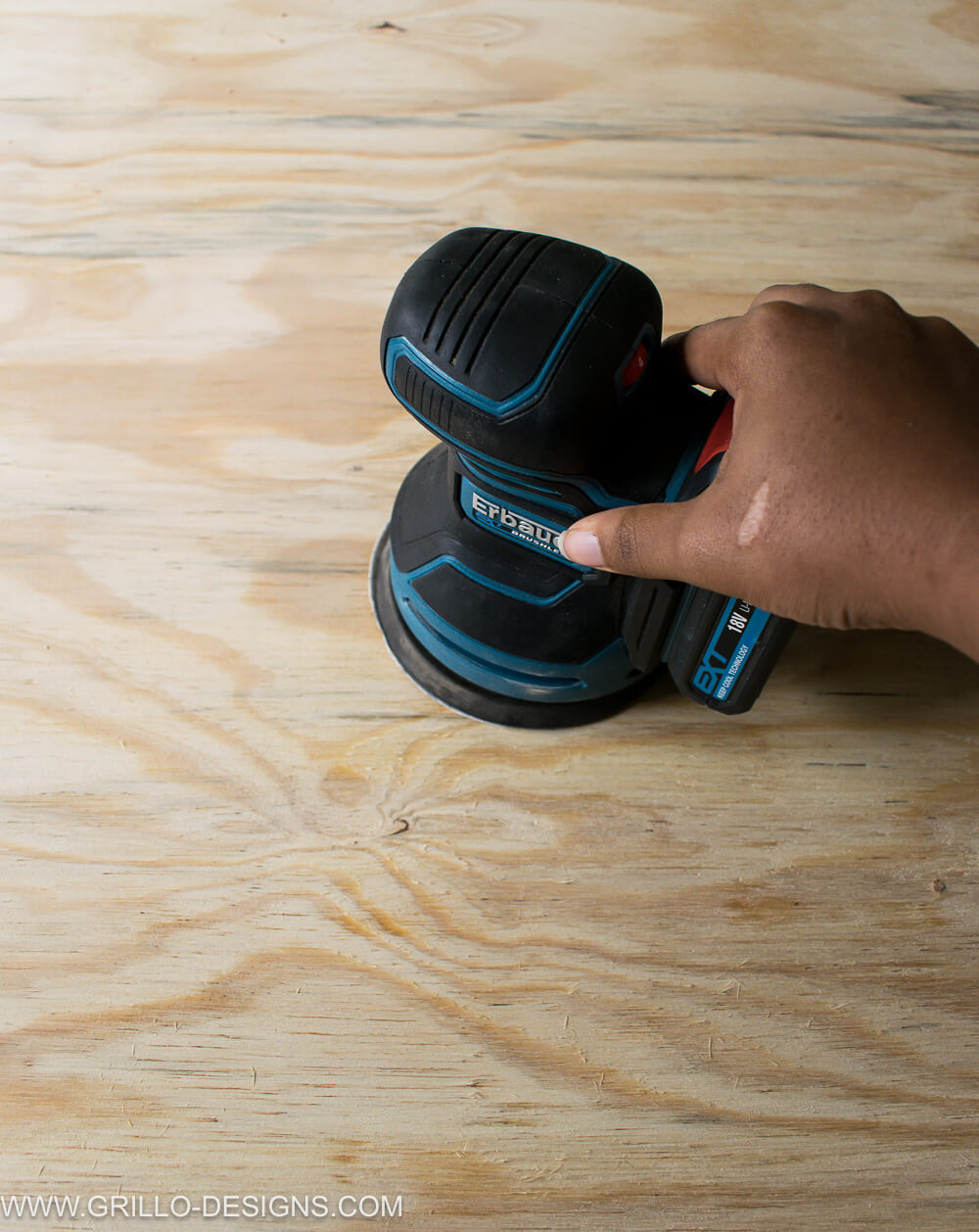
WHAT I RECOMMEND:
I have the cordless Erbauer Random orbital sander, which I’ve owned for a few years. It’s lightweight, easy to use and has a mini vacuum to collect any sawdust. I also have the Black and Decker palm sander (which was my first sander), great for smaller projects but not as thorough as the Orbital for larger projects.
4. JIGSAW
A jigsaw is probably the only power tool that allows you to cut shapes and curves in wood. Which as you can imagine, opens up endless possibilities for designs you might want to create. A jigsaw is very easy and straightforward to use regardless of your experience level. Insert the blade, plug in the tool (or pop in the battery if it’s cordless) and you are ready to start cutting.
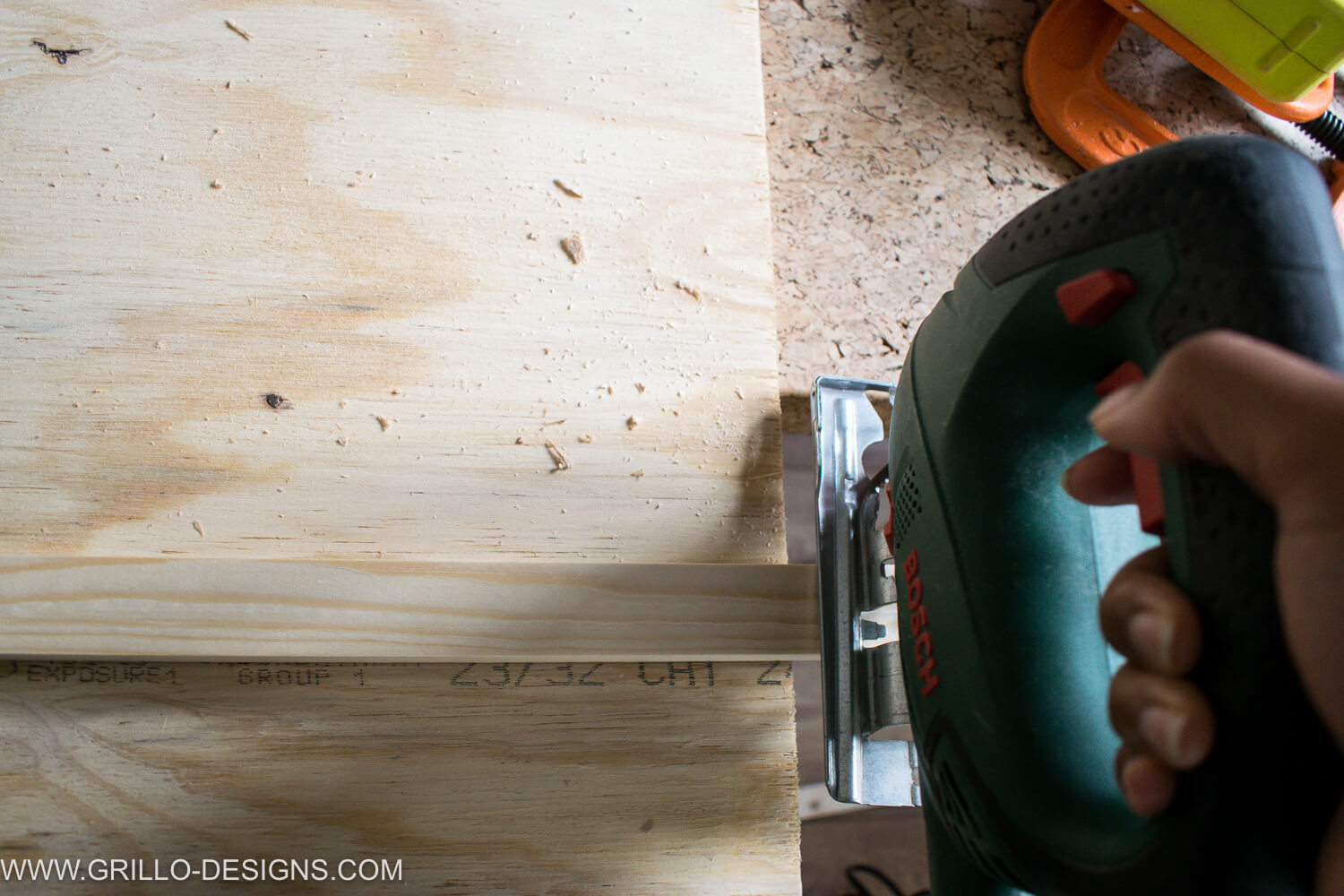
WHAT I RECOMMEND:
I currently own the Bosche jigsaw – I think it may have the been the very first power tool I ever bought. I haven’t yet had any desire to upgrade as this has done a great job over the years!
5. MITRE SAW
In all honesty, I’d always assumed this tool was for advanced woodworkers and I’ll admit to feeling a little intimated when I first started using one. However, I quickly realised just how easy it was to use compared to other power tools. It’s also really handy for when you are working on bigger projects and need to cut down long lengths of wood into shorter ones (although the maximum width of lumber it can cut is based on the size of the saw). The cuts it makes can be straight, angled or beveled.
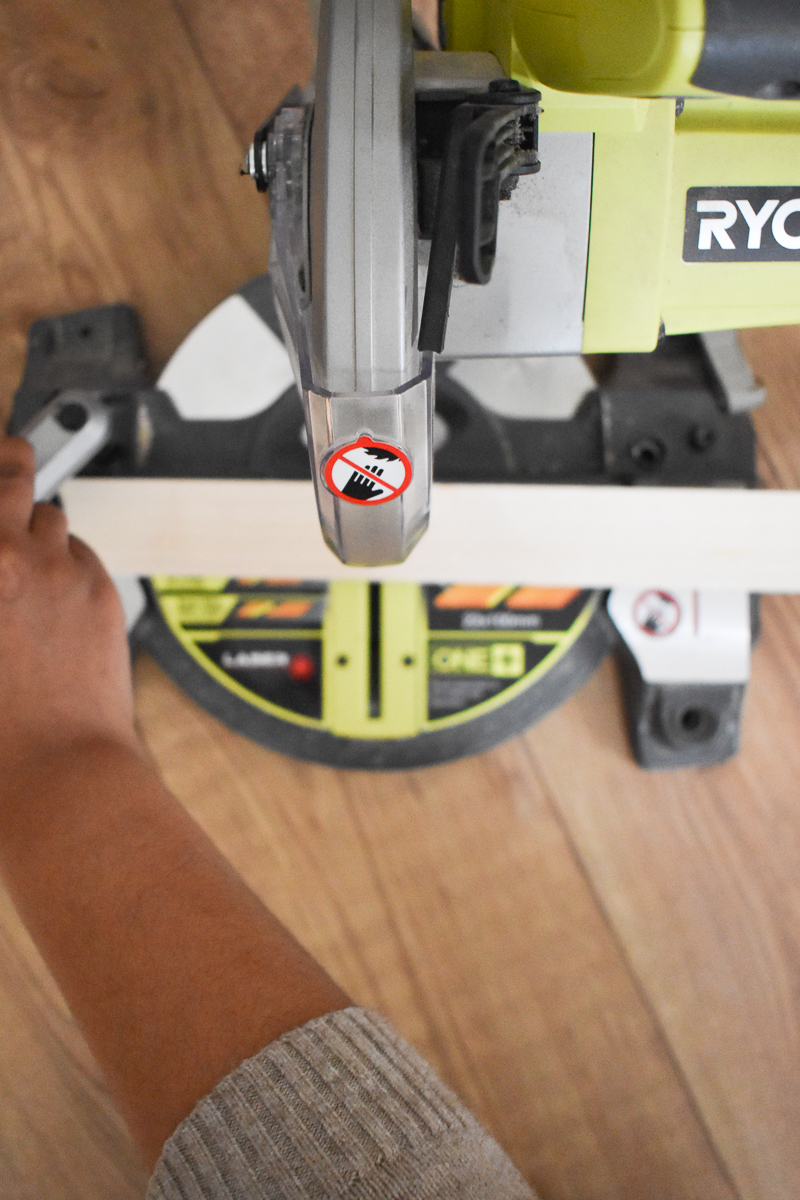
WHAT I RECOMMEND:
I currently own the Ryobi MitRE saw , but I would like to get a bigger one in the future!
6. SPIRIT LEVEL
This gadget is handy for ensuring anything you put up on the walls is level. There’s nothing worse than installing a couple of shelves and realising that they look a little wonky! You can find similar looking levels here.
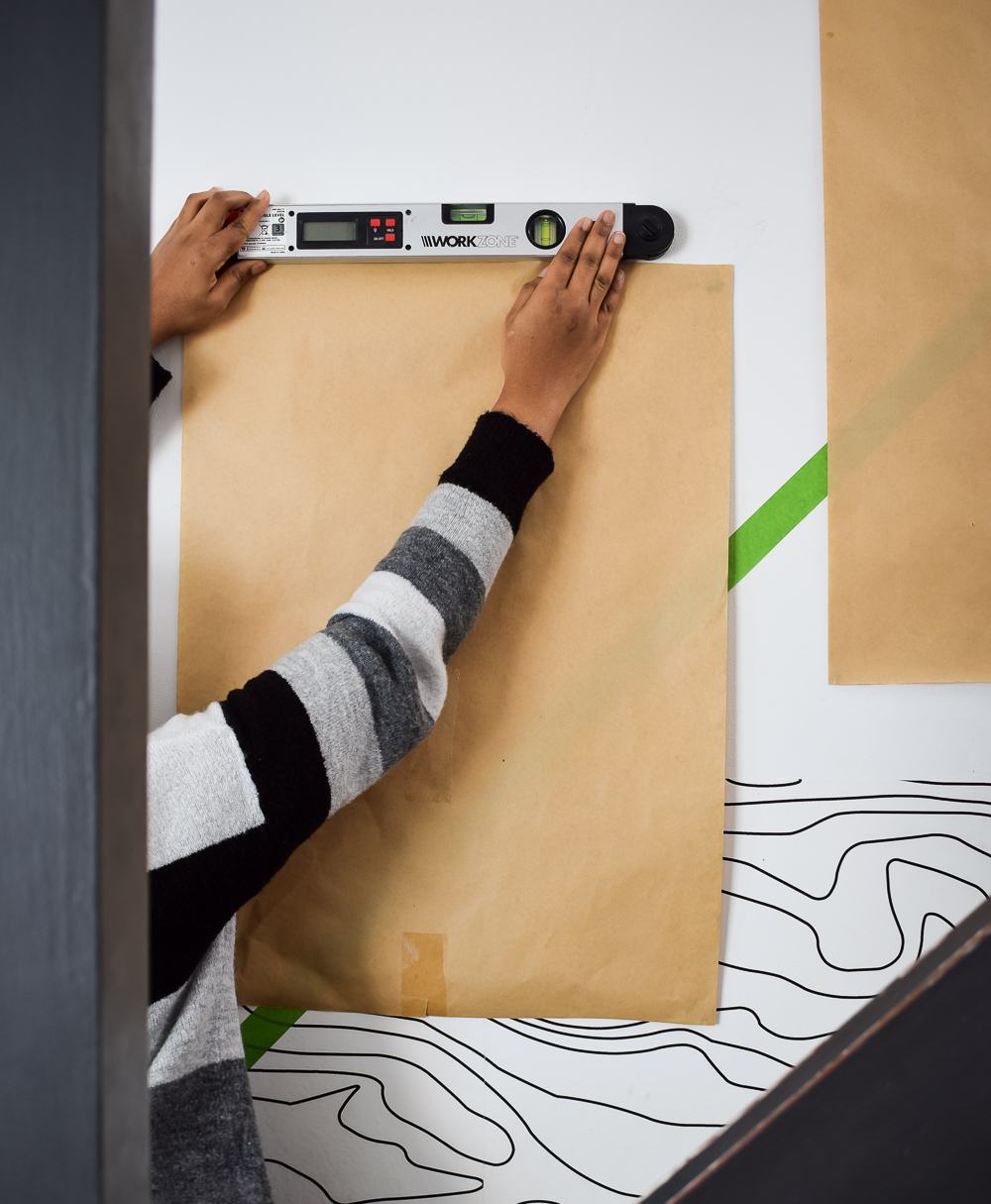
7. CLAMPS
I use clamps when I’m gluing and joining larger wood that requires more capacity and more clamping force (I mean you only have two hands right?).

WHAT I RECOMMEND:
Clamps I own include the :
- C shape clamps and
- Corner clamps (which are ideal for connecting corners together for assemblies)
8. HAMMER
One of the most basic instruments you can find in your home is a hammer. Its best uses are for hanging art (gallery walls if you’re not one for command hooks) or knocking pieces of lightweight wood together. You can also use the hooked end of a hammer to remove previous nails in the walls.
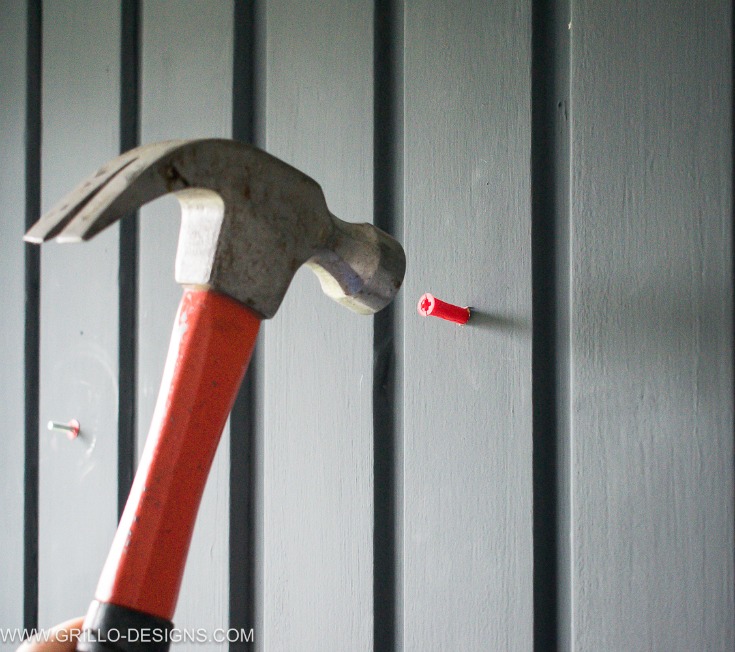
9. SAFETY EQUIPMENT
Working with power tools can be dangerous if the correct safety precautions aren’t taken .
- Safety goggles and gloves will offer some protection against debris, stray wood chips, and accidents with tools.
- Face masks will help to protect you from inhaling sawdust.
10. TAPE MEASURE
You won’t get very far with your first woodworking project without a tape measure! Look for one with easy to read numbers, and a sturdy tape that won’t bend when you extend it over long lengths. My favourite tape measure is this one, as it has the fractions listed above each line.
And if you’re trying to figure out angles for certain cuts, this triangle ruler is super handy!
11. CIRCULAR SAW
A circular saw combines the functionality of both a mitre saw and a table saw into one portable little tool. It can be used to cut large pieces of wood down (for example sheets of plywood or MDF) and make it shorter and can also make rip cuts( which is cutting through wider pieces of wood to make it narrower). When working with a circular saw you are usually going to want to have some sort of straight edge clamped to your board (a guide) to help you move in a straight line – without it, you’ll likely end up with less than perfect wonky lines.

WHAT I RECOMMEND:
I own the Ryboi Circular saw and have so far been happy with it. But you may find this Bosch one a little more affordable.
And that’s everything! My list of DIY tools for beginners. These are literally all the tools I have in my garage right now! So, what do you think? Are you ready to invest in some of your own DIY tools?

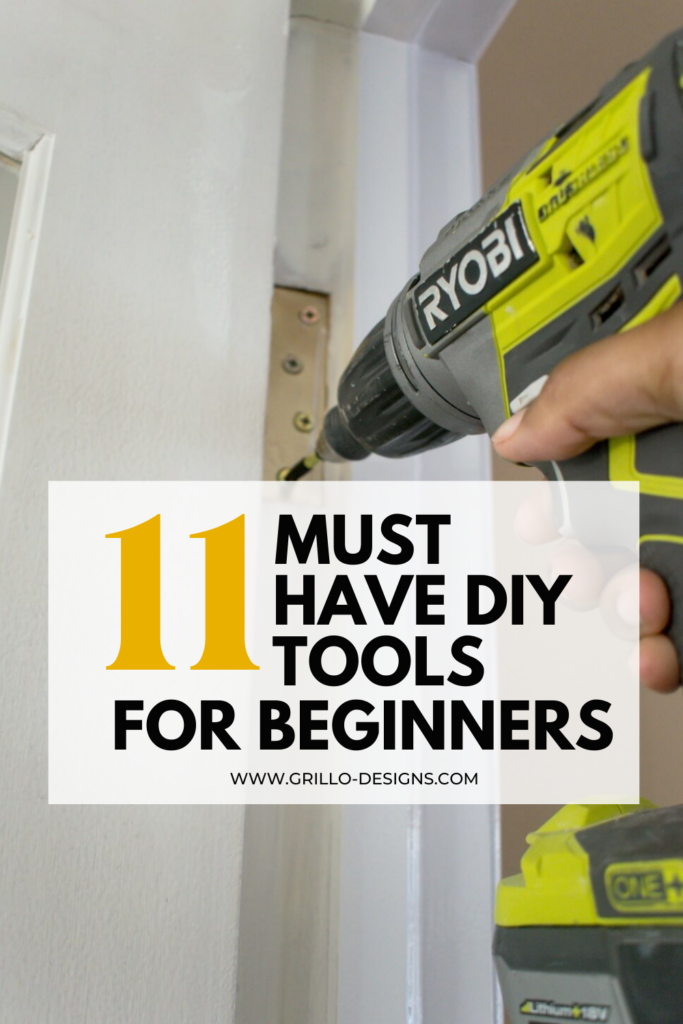

BUILD A BENCH THE SUPER EASY WAY
USING A PAINT SPRAYER – A STEP BY STEP GUIDE

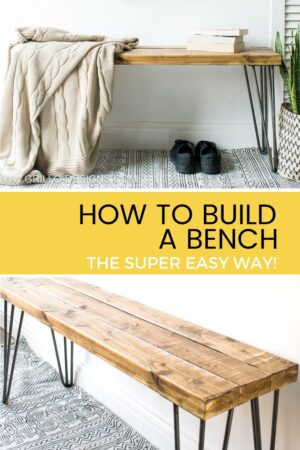
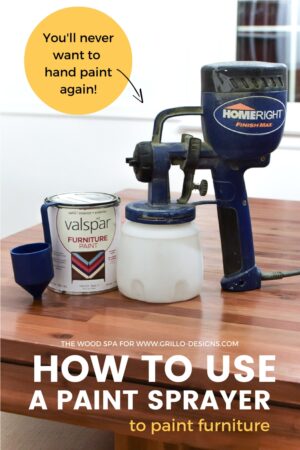
Thanks for sharing these I’m a beginner in doing woodcrafts these tools will help me in the future thanks a lot.
Thanks for all the info!! I have done a lot of furniture refinishing in my younger years-love working with wood! I’m interested in anything you want to share about dyi!
DIY tools are very essential and you need to have some simple ones to keep you moving.
Interesting Medina!
I had the same idea a while back and made a list of the tools I use the most, i.e. the ones I have either in my pocket, or at the top of my ‘day bucket’ which changes day to day depending on what I’m doing. You can’t be lugging a huge toolbox into folks houses all the time!
All the best for 2021 🙂
This is really helpful Medina, thank you!